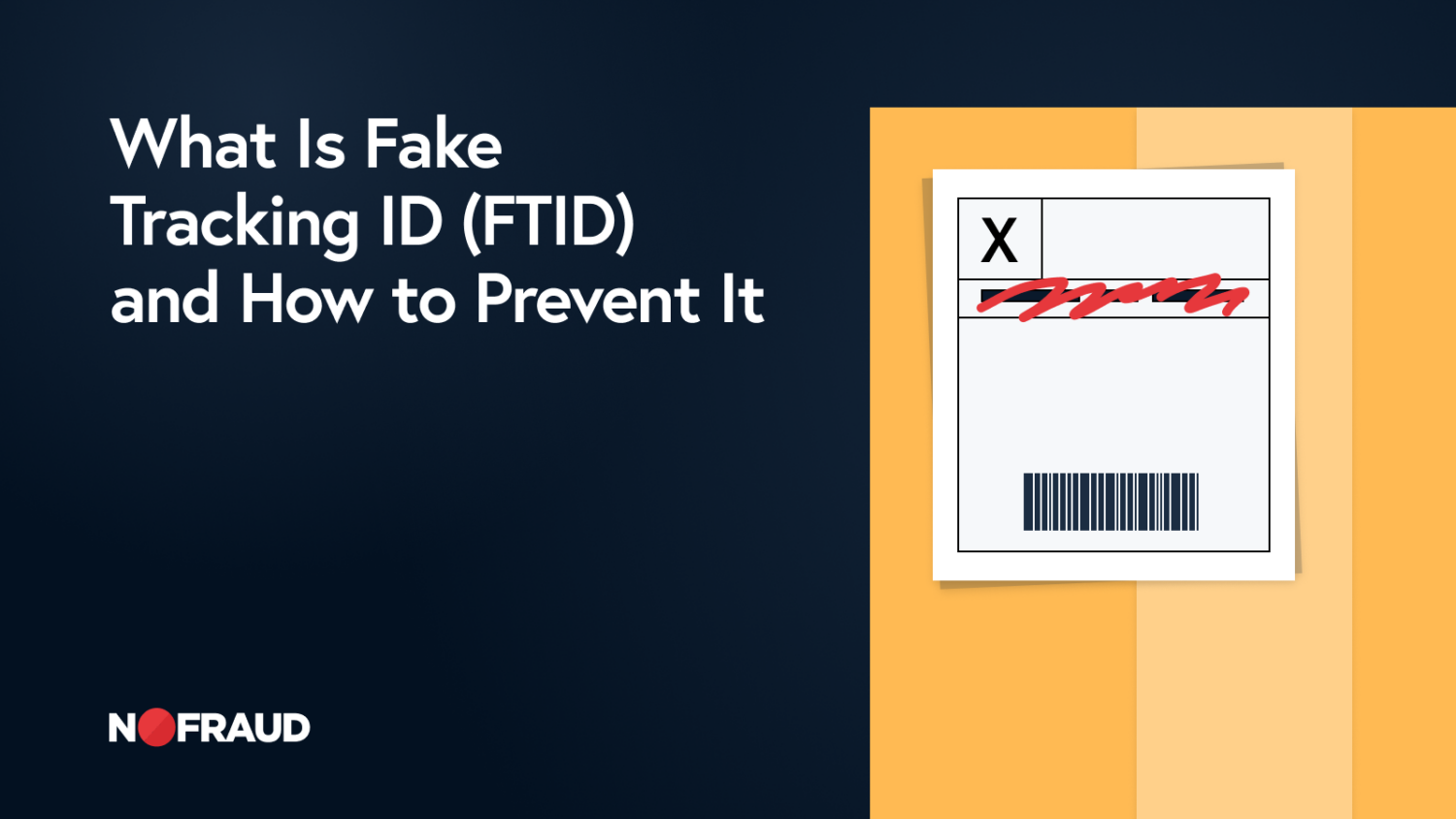Card skimming, a pervasive form of credit card fraud, poses significant risks to both businesses and consumers. In addition to substantial financial losses, it can inflict reputational damage, erode customer trust, and precipitate a decline in sales. Moreover, compromised customers may suffer emotional distress and financial hardship as a result of sensitive information being divulged. The alarming 368% surge in debit card skimming incidents between 2021 and 2022 underscores the imperative for businesses to implement robust preventive measures to mitigate this escalating threat.
In this article, we will delve into the world of card skimming, exploring how it works, the different types of attacks, and most importantly, the steps businesses can take to protect themselves and their customers from this insidious threat.
What Is Card Skimming?
Card skimming, a criminal activity that involves capturing sensitive information from credit or debit cards, poses a significant risk to both businesses and consumers. Thieves use skimming devices or malware to capture card numbers, expiration dates, and security codes, which are then used to create fake cards for resale on the black market or make unauthorized transactions.
How Card Skimming Works
This scam can occur in two ways: physical card skimming, where a physical device is installed on a card reader or ATM, or digital card skimming, where malware is installed on a card reader or POS system. In both cases, the devices or malware are designed to capture card information without the knowledge or consent of the cardholder.
The Impact on Merchants and Customers
- Financial losses: Businesses and individuals may suffer significant financial losses due to unauthorized transactions, fraudulent activity, and potential legal fees.
- Reputational damage: Skimming incidents can damage a business’s reputation, leading to a loss of customer trust and loyalty, and potentially harming future sales and revenue.
- Erosion of customer trust: When customers’ sensitive information is compromised, they may lose confidence in a business’s ability to protect their data, leading to a decline in customer loyalty and retention.
- Emotional distress for compromised customers: Victims may experience emotional distress, anxiety, and stress due to the potential financial and identity theft consequences.
- Financial hardship for compromised customers: Skimmed cards can lead to financial hardship for individuals, including unauthorized charges, overdraft fees, and potential damage to credit scores.
- Sensitive information being divulged: Card skimming compromises sensitive information, such as card numbers, expiration dates, and security codes, which can be used for fraudulent activities, identity theft, and other malicious purposes.
Businesses have a vested interest in protecting their customers’ sensitive data and information. The reputational damage, customer loyalty decline, and legal liabilities that result from these incidents can have a lasting and detrimental impact on their bottom line. By prioritizing customer security and taking proactive measures to prevent card skimming, businesses can build trust, safeguard their reputation, and maintain a loyal customer base, ultimately driving long-term growth and success.
How to Protect Your Business and Customers from Card Skimming
Card skimming typically involves the use of a device that captures card information when a customer inserts their card into a compromised card reader or ATM. These devices are often cleverly disguised to look like part of a legitimate machine, making them difficult to detect. To protect customers and your shop, consider these precautions:
- Regularly inspecting card readers and ATMs for signs of tampering or suspicious devices
- Using secure card readers and POS systems that are up-to-date and compliant with industry standards
- Monitoring transactions for suspicious activity and reporting any discrepancies
- Educating customers to regularly check their accounts and report any suspicious activity
- Implementing chip technology, which is more secure than traditional magnetic stripe cards


